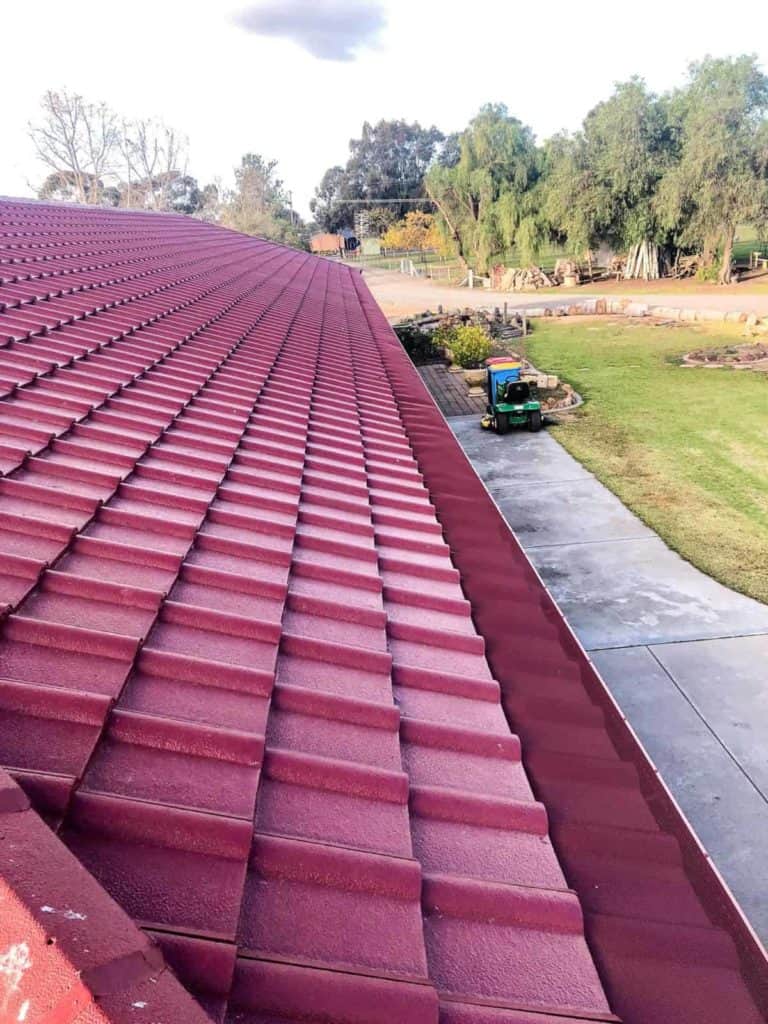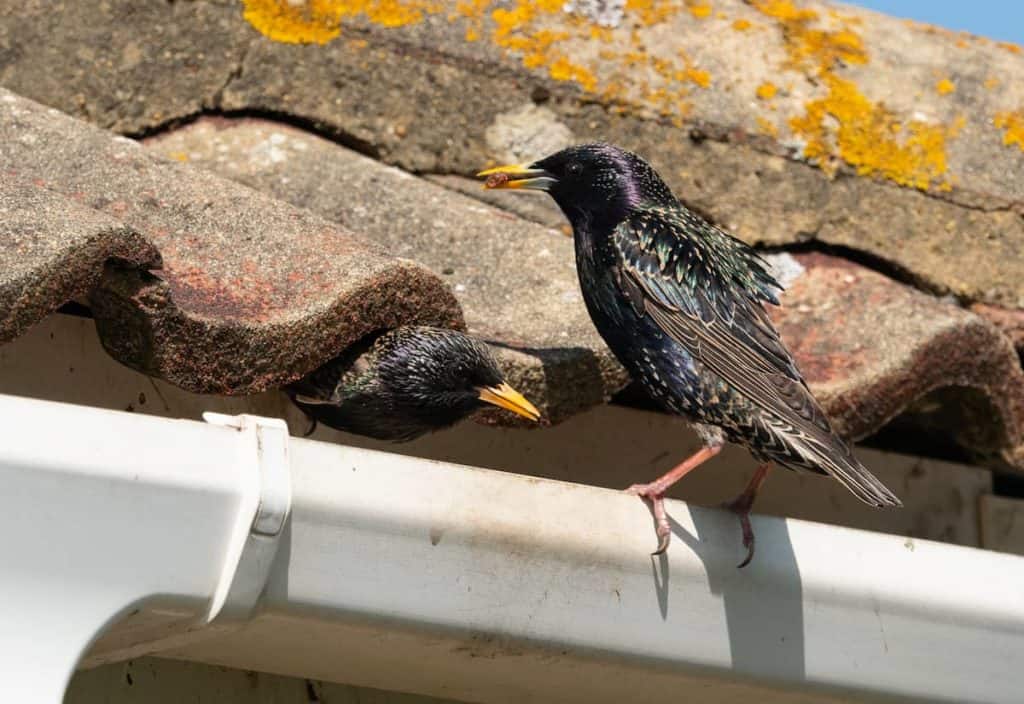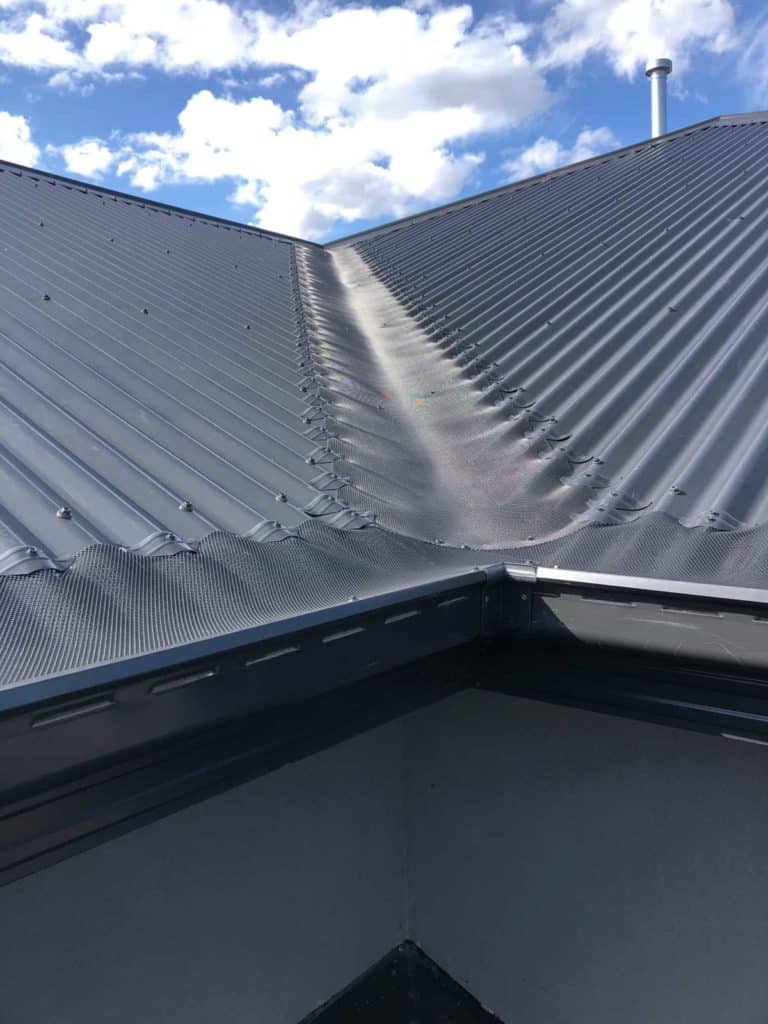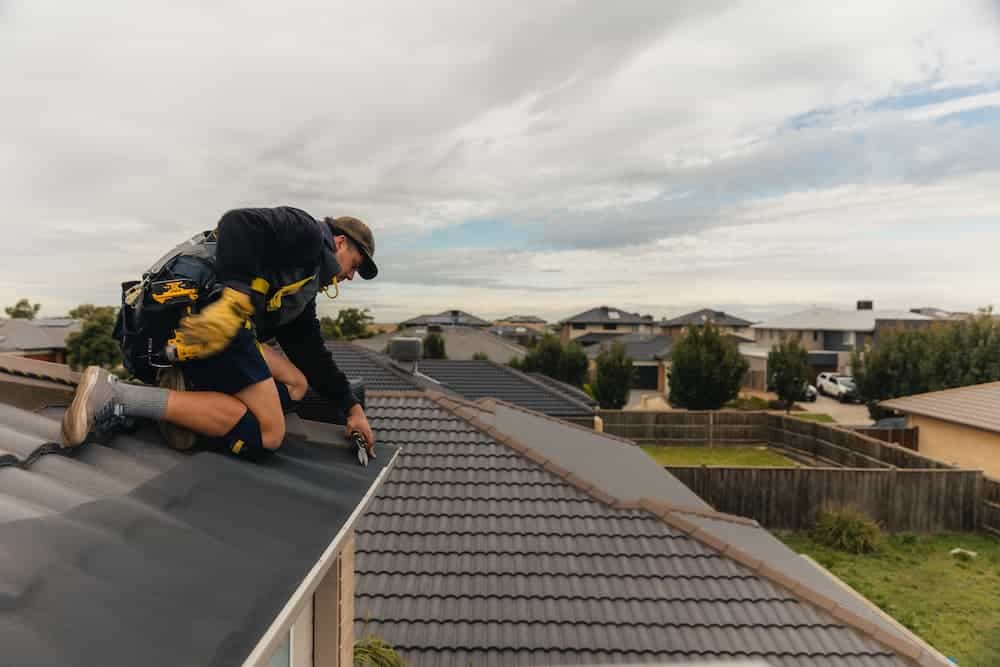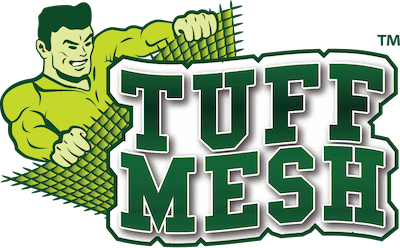For a lot of people, the dream is to get back to nature, to get away from urban living and instead have a property in the bush that is surrounded by trees and other vegetation. That dream can quickly become a nightmare, however, if a bushfire rips through the area and destroys everything in its path, including your home.
Despite the risk, many people continue to live in bushfire areas, either because they wish to connect with the environment, for family reasons or due to their work being close by. In order to be able to live there safely, it is necessary to take the appropriate precautions and the purpose of BAL ratings is to help you do that by providing required guidance.
BAL Ratings Explained
Following the catastrophic Black Saturday bushfires of 2009, new standards were developed by the Victorian government to enable homes to be properly fire-proofed. The standards are based on a Bushfire Attack Level (BAL) that defines how vulnerable a home is to fire that results from ember attack, radiant heat or from direct contact with flames.
These ratings take into account certain factors, such as the location of a property, the slope of the land that surrounds it and the amount, type and closeness of vegetation around the buildings. They establish building standards for homes constructed in bushfire areas, as set out in the Australian Standard AS 3959-2009 (Construction of Buildings in Bushfire Prone Areas). The six BAL ratings (four of which are denoted by numbers that represent radiant heat expressed in kilowatts per square metre) are as follows:
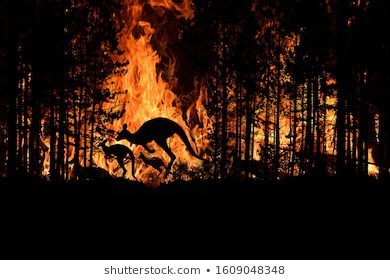
- BAL LOW refers to homes in areas where there is deemed to be insufficient risk to warrant any particular construction requirements. Those who own homes with this rating but still have worries about bushfire threats can of course still take precautions, generally adhering to the requirements of the next rating level up.
- BAL 12.5 indicates a relatively low risk although there is some danger from embers of burning debris that may be blown on to the property. There is unlikely to be enough heat to affect windows or doors but certain construction requirements are specified to make the building conform.
- BAL 19 means there is a high risk of ember attack plus a chance of debris around the property being ignited by wind-borne embers. Additionally, there is the possibility of the property being affected by radiant heat and so there is a need to introduce construction elements and remove items in order to prevent the spread of fire and reduce the risk of radiant heat that can cause damage.
- BAL 29 applies when there is a higher risk of ember attack, ignition of debris and danger from radiant heat as well as the building being exposed to flames. So further elements of protection against ember attack and radiant heat are necessary in the construction of the building.
- BAL 40 indicates there’s an even greater risk of ember attack and of debris being ignited by embers borne on the wind. Added to that is the possibility of direct exposure to flames so that construction of the building should use materials that are highly resistant to burning. All elements that promote the spread of flames, radiant heat and embers also need to be eliminated.
- BAL FZ covers the flame zone where the risk of direct exposure to flame is at its highest and there is a real threat to buildings and their occupants. It is generally recommended that homes are not built in flame zones but, if they are, significant protection is needed that will require the provision of radiant heat barriers. Often, retrofitting of the necessary protection is not possible, in which case the only solution is to rebuild a home completely.
What you need to do depending on your Property’s BAL Rating
The purpose of the BAL rating is to warn you of the extent of the danger that you and your property may face from bushfires. The probability of a bushfire in your area is determined by the Fire Danger Index and, when this is high, the BAL rating becomes relevant.
You will need to arrange a survey to determine the BAL rating of your property. Once you have done this, you will know what action you need to take. If the rating is low, no action will be necessary but, the higher the rating, the more precautions you will have to take. Most recommendations concern the building itself, where you will need to ensure the use of fireproof materials and other items that will prevent the spread of fire, and in the worst cases, this may require serious changes.
Since the BAL rating is affected by the proximity of vegetation to the property, you can reduce the danger by clearing away some of that vegetation. In fact, in certain areas, there will be regulations that require you to clear a firebreak of specified dimensions around the perimeter of the property in order to reduce the danger of damaging fires. This is generally necessary prior to the start of each bushfire season although in some cases it’s a year-round requirement and a failure to do what’s needed can result in financial penalties.
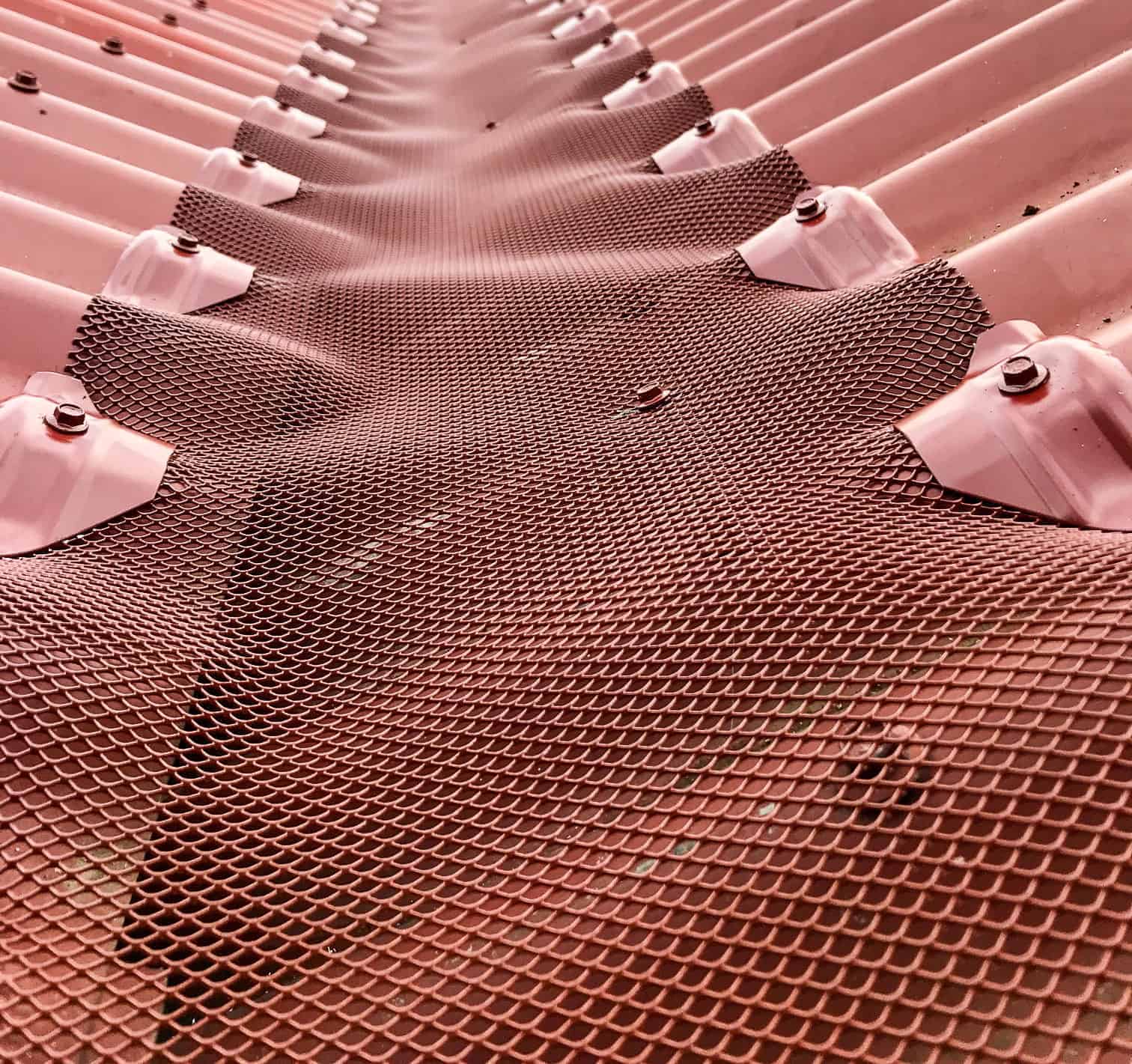
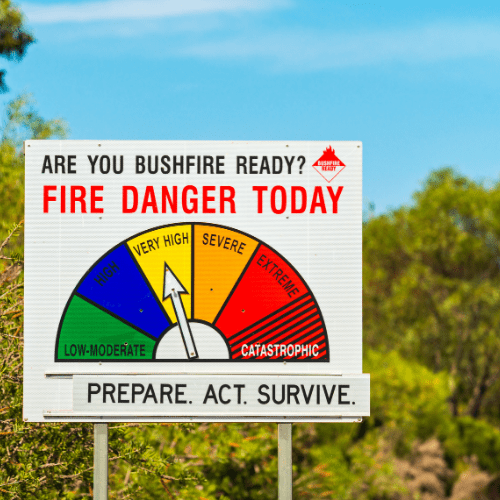
How BAL Ratings can affect your Choice of Gutter Guard
Although the BAL ratings are tied in with Australian Standard AS 3959-2009, they have implications over and above the building methods and materials used. Bushfire protection is about reducing the danger of fires spreading and affecting your property, so there are other actions you need to take.
One of these is to reduce the build-up of combustible materials and that’s where gutter guards have a role to play. Their purpose is to stop leaves, twigs and other debris becoming lodged in your gutters. In most cases, that debris obstructs the flow of rainwater, causing the water to overflow and resulting in various problems such as smells, damage to the building fabric, bacteria and vermin. In bushfire areas, however, the accumulated debris will dry out when the weather gets hot and will be fuel for the fires and help them to spread.
Fitting gutter guards to all your gutters will prevent that build-up of debris and reduce the risk although it’s important you choose the most appropriate types. In general, the main consideration is to install those that are effective but in bushfire areas, you also need to make sure that they are not themselves flammable and will add to the problem.
Never install a cheap and flimsy plastic grid or mesh, guard, because it will not only become brittle and break over time, it will also catch fire easily. That also cuts out brush and foam types of guards that are equally susceptible to flames and pose an increased fire threat.
Our aluminium mesh guards are resilient against fire and will also do a very effective job of keeping your gutters clear of leaves and other debris that will catch fire. Best of all are our Emberguard mesh versions that are super resilient and are guaranteed to be fireproof. They form an essential part of your protection against bushfires no matter how high your BAL rating.
Aussie Gutter Protection offers a wide range of products, materials and hole sizes. Our ranges include:

